Royal Game Of Ur – One Of The Oldest Game Boards Discovered
MessageToEagle.com – What was the Royal Game Of Ur? In the ancient world, board games were as popular as they are today. Board games were very common in ancient Egypt, Mesopotamia and other parts of the world.
The Royal Game of Ur is a board game made between 2600 and 2400 BC. So it’s at least 4,400 years old!
It was discovered in Mesopotamia (modern Iraq) in the 1920s when the British archaeologist Leonard Woolley was digging into the ruins of a long-buried royal city. Among many amazing treasures, he found several games and the Royal Game Of Ur is one of them.
The board’s wood has decayed, but the hard, decorative pattern of shell, red limestone and lapis lazuli (a blueish mineral) has survived. The counters were made from shale and shell.
See also: Ancient Egyptian Toys And Games In Focus
The Ur-style Twenty Squares game board was also known in Egypt as Asseb, and has been found in Pharaoh Tutankhamen’s tomb, among other places. Discovery of a tablet partially describing the gameplay has allowed the game to be played again after over 2000 years, although reconstructions of the detailed rules have differed widely.
The Royal Game of Ur was played with two sets, one black and one white, of seven markers and three tetrahedral dice. After around 1000 BC, the layout of the twenty squares was altered to make the end course for the markers a straight line. The rules of the game as it was played in Mesopotamia are not completely known but there have been a number of reconstructions of game play, based on a cuneiform tablet of Babylonian origin dating from 177–176 BC by the scribe Itti-Marduk-Balāṭu. It is universally agreed that the Royal Game of Ur, like Senet, is a race game.
Copyright © MessageToeagle.com All rights reserved. This material may not be published, broadcast, rewritten or redistributed in whole or part without the express written permission of MessageToeagle.com
Related Posts
-
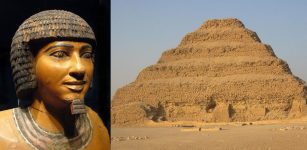 Imhotep: Ancient Genius And Architect Of The Sakkara Pyramid
No Comments | Mar 7, 2016
Imhotep: Ancient Genius And Architect Of The Sakkara Pyramid
No Comments | Mar 7, 2016 -
 Vordingborg: Denmark’s Biggest Royal Castle Re-Writes History And Puts King Canute VI In The Spotlight
No Comments | Oct 11, 2016
Vordingborg: Denmark’s Biggest Royal Castle Re-Writes History And Puts King Canute VI In The Spotlight
No Comments | Oct 11, 2016 -
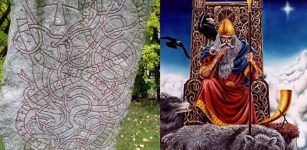 Runes: Facts And History About Odin’s Secret Language
No Comments | Jan 27, 2016
Runes: Facts And History About Odin’s Secret Language
No Comments | Jan 27, 2016 -
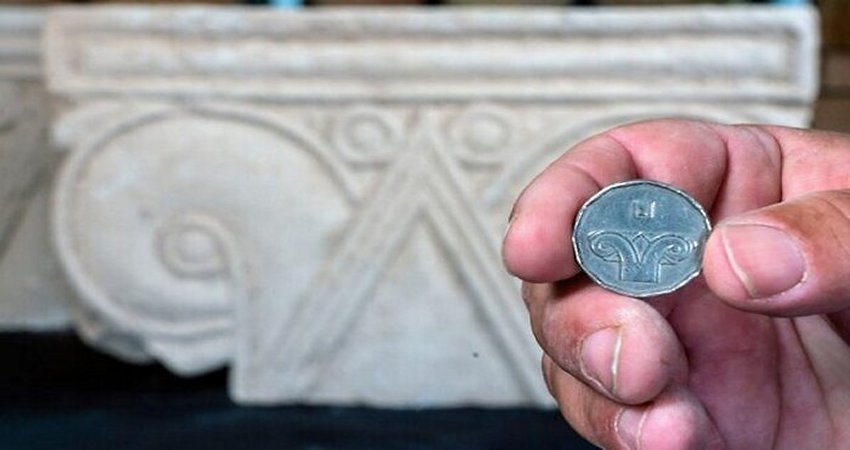 Palace From The Time Of The Kings Of Judah – Unearthed In Jerusalem
No Comments | Sep 5, 2020
Palace From The Time Of The Kings Of Judah – Unearthed In Jerusalem
No Comments | Sep 5, 2020 -
 Earth’s Water Is Older Than The Solar System
No Comments | May 11, 2016
Earth’s Water Is Older Than The Solar System
No Comments | May 11, 2016 -
 What Is The Color Of The Sky On An Exoplanet?
No Comments | Feb 11, 2018
What Is The Color Of The Sky On An Exoplanet?
No Comments | Feb 11, 2018 -
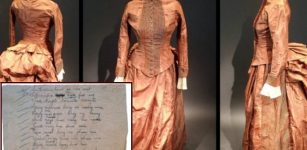 Mysterious Code Hidden In Antique Silk Dress Bought In Maine Finally Deciphered!
No Comments | Jan 25, 2024
Mysterious Code Hidden In Antique Silk Dress Bought In Maine Finally Deciphered!
No Comments | Jan 25, 2024 -
 Ancient Suda: Massive Anonymous Byzantine-Greek Lexicon Dated To 10th Century
No Comments | Apr 25, 2016
Ancient Suda: Massive Anonymous Byzantine-Greek Lexicon Dated To 10th Century
No Comments | Apr 25, 2016 -
 Ancient Egyptian Toys And Games In Focus
No Comments | Jan 15, 2016
Ancient Egyptian Toys And Games In Focus
No Comments | Jan 15, 2016 -
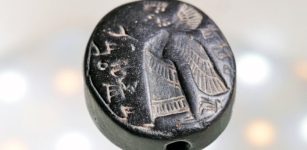 Extremely Rare 2,700-Year-Old Black Stone Seal Depicting A Winged Genie Discovered In Jerusalem
No Comments | Sep 4, 2024
Extremely Rare 2,700-Year-Old Black Stone Seal Depicting A Winged Genie Discovered In Jerusalem
No Comments | Sep 4, 2024

